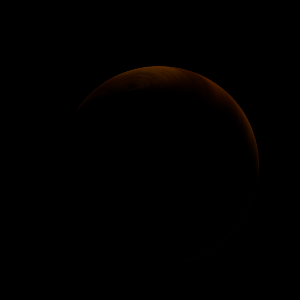|
|
Space Astro
|
Info for exoplanet "Otinizo Gevo"
| Scientific (actual) data |
|---|
| Name | TOI-220 b |
| Planet status | Confirmed |
| Planet mass | 0.0428 |
| Radius | 0.2694 |
| Orbital period | 10.6953 |
| Semi major axis | 0.0892 |
| Orbit eccentricity | 0.029 |
| Inclination | 87.86 |
| Discovered | 2021 |
| Updated | 2021-05-06 |
| Omega | 159 |
| Tzero tr | 2458340 |
| Impact parameter | 0.832 |
| K | 4.47 |
| Temperature (kelvin) | 806 |
| Publication | Published in a refereed paper |
| Detection type | Radial Velocity |
| Mass measurement type | Radial Velocity |
| Radius measurement type | Primary Transit |
| Star name | TOI-220 |
| Right ascension | 91.8° |
| Declination | -62° |
| Mag v | 10.4 |
| Star distance | 89 |
| Star metallicity | -0.217 |
| Star mass | 0.825 |
| Star radius | 0.858 |
| Star age | 10.1 |
| Star temperature | 5298 |
| Wikipedia article | TOI-220 b |
Back
| |
| Fictional info (?) |
|---|
| Suggested name | Otinizo Gevo |
| Planet type | Small warm gas planet |
|
One of this planet's moons is mostly crowded with small poisonous herbivores, the "Vegun", which survive in deep valleys by eating something called Ejene Jazi. They are believed to be related to the Omeva, have 7 eyes and vary in length from 50 to 70 meters. Vegun are able to withstand temperatures from 100 to 150°C and even the high radiation level which is common on this planet. |
| Estimated population | 100000000000 |
| Atmosphere | Methane | 92% |
| Carbon dioxide | 7.4% |
| Water | 0.35% |
| Oxygen | 0.0079% |
| Atmospheric pressure | 14 bar |
 |
| Moon | Wugun | Very small round crater-filled asteroid |
| Google search for Otinizo gevo |
|
Website by Joachim Michaelis
|
|
|
|